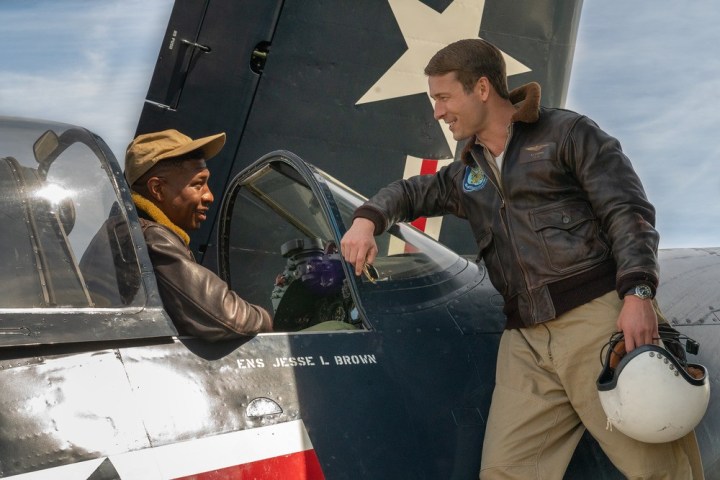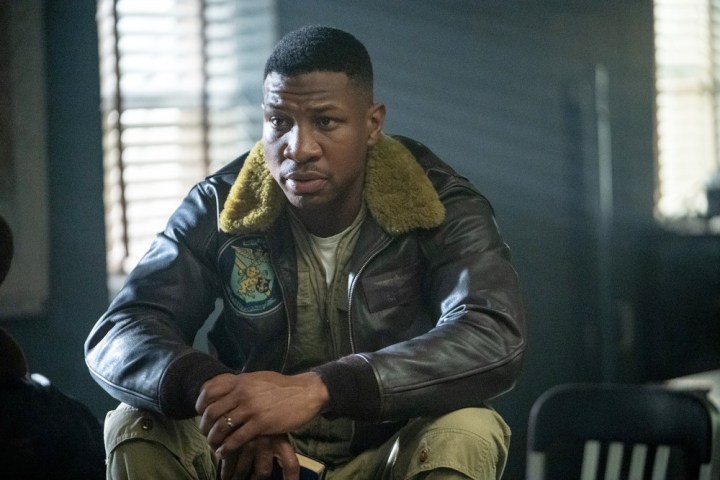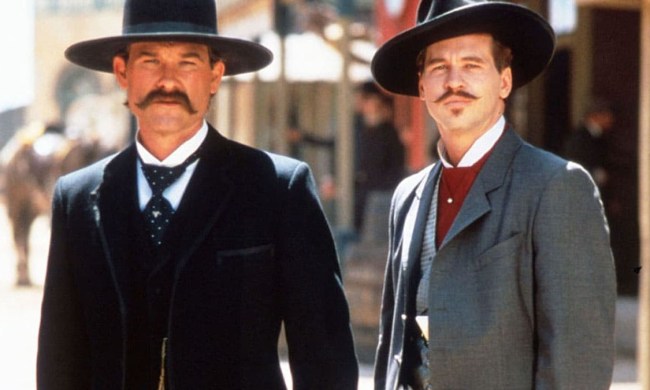2022 saw the release of a thrilling, long-awaited movie that combined nostalgia, bromance, and amazing action sequences involving aerial combat. No, we’re not talking about Top Gun: Maverick — we’re talking about Devotion, J.D. Dillard’s gripping movie about the real-life heroics of Jesse Brown, the first African American to complete the U.S. Navy’s basic flight training program.
In a conversation with Digital Trends, the film’s editor, Billy Fox, talks about the challenges of editing complex action scenes involving Korean War aerial dogfights. Utilizing Adobe Premiere Pro and Frame.io software, Fox was able to edit the film from a distance during the COVID-19 pandemic (around 80% of the film was cut remotely). He also reveals how Devotion‘s dramatic moments are just as important as its action scenes, and how an editor must find and protect a movie’s rhythm and heartbeat.
Digital Trends: Billy, you’ve worked in a variety of different genres like comedies, thrillers, and musicals. How did you approach editing a film like Devotion, which has a lot of significant action sequences in it?
Billy Fox: Well, one of the things I did in working on Devotion was that I tapped into a lot of the things that I haven’t used in a while since I worked on Band of Brothers. While this movie follows two main characters, Jesse [played by Lovecraft Country star Jonathan Majors] and Tom [Hudner, played by Glen Powell], it’s also about a whole group of pilots, wives, and Navy personnel. I had to make sure that all of them felt alive.

Devotion has a fair amount of action but it also has an awful lot of drama that allows you to really flesh out the characters and feel for each one of them. And when bad things happen to given characters, you have to be invested in them or their loss doesn’t really have much impact. So it’s really important that as an editor, if I see a particular actor that doesn’t have a lot to do or even a line of dialogue, I have to keep him or her alive for the viewer.
Does your approach to editing change based on the individual scene or is it the same throughout the movie?
Each scene has its own technique and its own rhythms. Certainly in an action sequence, things are much tighter. But when you’re dealing with a dramatic scene involving someone like Jonathan Majors, it’s different. Jonathan brings so much when he’s on camera that the lines that he says are almost not as important as the moments between the lines, because he just gives so much emotion in his face, in his pores, in his physical position, and in certain things that he does.
So you have to be cognizant of what an actor can give you in their performance because they really help an editor shape a scene. With what Jonathan was giving throughout Devotion, those quiet moments help to communicate the stress that he’s under and the decisions that he’s having to make for his family or for his responsibilities to the Navy.
It also tells the greater story of the first Black naval aviator and how he fits in or sometimes doesn’t with his peers. So all of these factors have to be modulated and controlled so that the audience can really feel something.
What was your favorite sequence to edit?
It would be the scenes with Jesse and Daisy, his wife. I mean, the action stuff is great, and the stuff with Tom is great, but those scenes with Jesse and Daisy are special to me because I think that’s part of what “devotion” is. In the film, you discover that “devotion” means devotion to multiple things. It’s a devotion to your career and to aviation.
But it’s also a devotion to Daisy and his family. And as the film progresses, you realize that Daisy’s the one that pulls it all together. She’s the glue.

What was the most challenging sequence to edit in Devotion?
The river run when the meg is chasing Jesse and Tom is going down an alternate canyon and they came together to take the meg out. That was difficult. I had a good cut, but when JD [the director] came in the room, he had shot things very specifically and he kind of tore apart what I had done and glued it back together. He rearranged things for me, and that was a challenge.
Then that action sequence started to really gel. You could clearly follow what was going on with Tom flying this way and Jesse flying in another direction.

To me, editing is the sort of heartbeat of the film. And so for Devotion, how would you describe your work as an editor on this film? What does it contribute to the movie’s overall feeling and message to the audience?
One of the things that I think an editor does is find the close-ups, the wide shots, and helping the actors’ performances. That’s kind of like breathing. That’s like the automatic part.
I look at editing as being musical. If you have a given scene that’s a bit long and you make a minor change, you may have improved that section, but you have to be very careful because you may have screwed up the film’s overall rhythm. You then have to go back and make some minor adjustments earlier so that everything is harmonious.
One of the things that I feel that an editor does, or at least I do, is that you’re looking for the heartbeat. You’re looking for the rhythm and or heartbeat of a movie. You go through a director’s cut and things get better, and all the while, you’re working on, and defining, the movie’s heartbeat.
When you start factoring audience feedback from sneak previews and studio notes, the editor’s job isn’t creating the heartbeat anymore but rather trying to preserve it. Sometimes as you lose things due to outside feedback, the movie’s rhythm can get totally screwed up. And so an editor’s job is a combination of looking for the movie’s heartbeat and, once found, preserving it as best you can.
Devotion is now playing in theaters nationwide.



